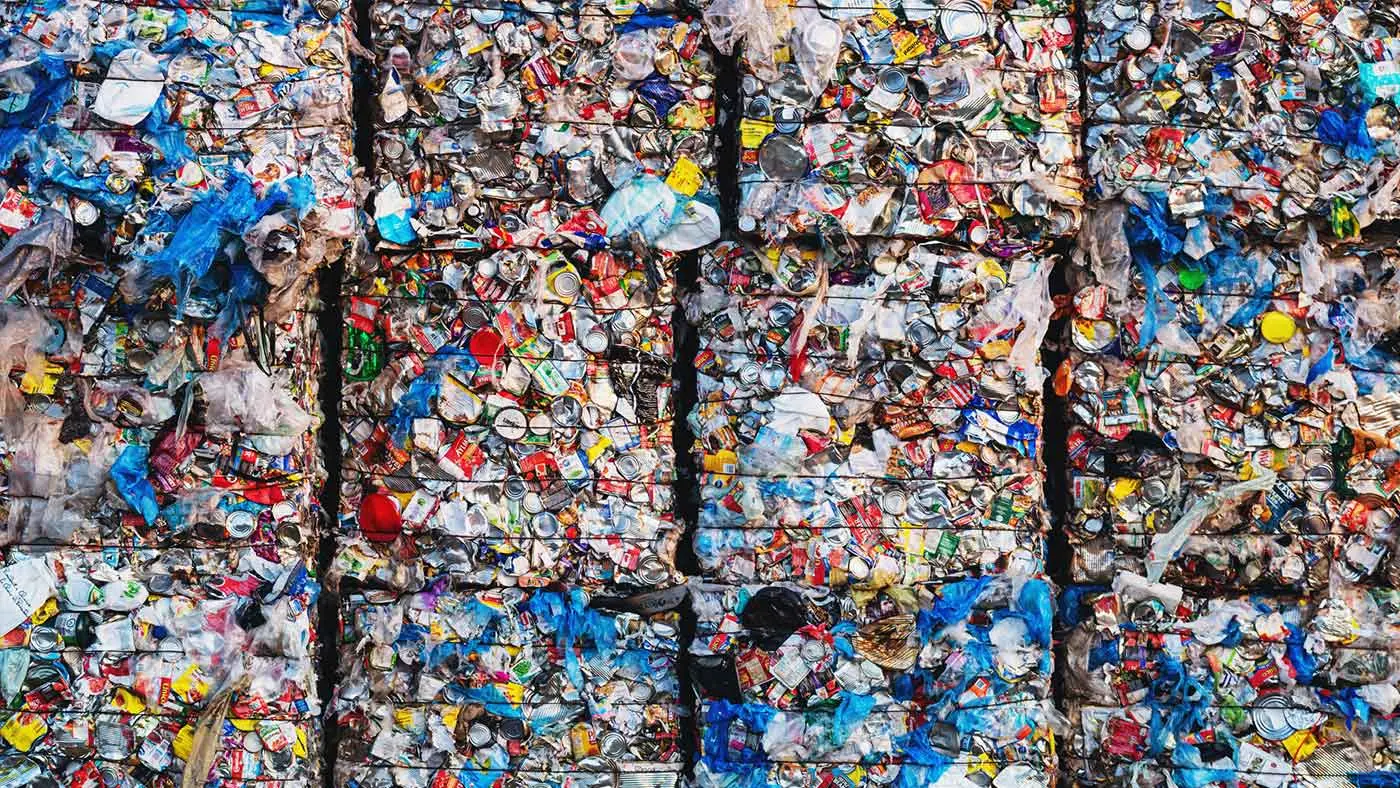
From Recycling to Circular Economy
This blog is a part of a blog series discussing circular economy and the possibilities it provides for product development future.
This blog is a part of a blog series discussing circular economy and the possibilities it provides for product development future. In this first part of the series, we concentrate on how circular economy is visible in our everyday lives, and what new possibilities it could give to the corporate world.
One man’s trash is another man’s treasure
A rather simple and mundane example of how circular economy works is how we recycle children’s clothes. When one’s closet is bursting with clothes that no longer fit, they are sold or given away to charity. At best, small holes or chafed seams do not matter, for they can be fixed, making the garment again like new. Thus, circular economy and its possibilities are by no means a completely new idea. An another every-day example are second-hand market places online, such as the popular Finnish tori.fi. As a business platform, it is living proof of the saying “One man’s trash is another man’s treasure”.
However, the world is changing – which in itself is no news. Throughout centuries, we have come up with new innovations, developed new business models and prospered on our way to (over)abundance. Why should things be any different now? Why fix something that isn’t broken?
Sustainable and eco-friendly business with circular economy
The world is getting wealthier and the population is increasing. Accordingly, it is becoming increasingly difficult to find virgin materials, and the amount of waste produced is becoming bigger and bigger. Recycling is a great thing, and fortunately it is already practiced in many places. Nevertheless, recycling alone is sadly enough not going to solve the big problem. That is why we need to introduce new ways of doing things.
There’s no silver bullet that will fix our world in its present state, miraculously getting everything under control. However, we do have ways to make an impact. The answer is circular economy. According to The Finnish Innovation Fund Sitra, circular economy is
“An economic model which does not focus on producing more and more goods, but in which consumption is based on using services – sharing, renting and recycling – instead of owning. Materials are not destroyed in the end, but are used to make new products over and over again.”
Circular economy business models
There are five circular economy business models: product-as-a-service, renewability, sharing platforms, product-life extension, and resource efficiency and recycling. (www.sitra.fi, Sitra)
Circular economy is a business that thrives only when we work together. In comparison with the linear “take-make-waste” action model, circular economy represents a completely different approach to doing things. In order to make it happen, we need cooperation between companies, politicians, organizations, and citizens.
Ellen MacArthur Foundation [Ellen MacArthur Foundation, Universal Circular Economy Policy Goals (2021)] has created five universal circular economy policy goals to drive the transition. In short, they are as follows:
- Stimulate design for the circular economy. Over 80 percent of any given products or services environmental impact is defined and sealed already in the design phase. How could we better take this into account?
- Manage resources to preserve value. How could we manage resources better, so that products and materials are used for a longer time, and more effectively?
- Make the economics work. It is vital that taxation, business subsidies and other aspects of bureaucracy all make circular economy possible.
- Invest in innovation, infrastructure, and skills. If the goal is to create a course of action to change the future, it is essential to also provide education on the subject.
- Collaborate for system change. Circular economy craves cooperation, both globally and locally.
We at Huld have already begun our journey towards circular economy. Together with our customers, we stand before an opportunity to make a change in the future, thanks to our technological know-how and design capabilities. Check out Jasperi Kuikka’s blog, in which he discusses AM technology and 3D printing, explaining how they provide solutions for both world megatrends and our possibilities to use our knowledge to make a difference in the future world.
In the next part of our blog series, we dig deeper into different technologies and how they can be harnessed to help circular economy flourish.
Text: Jenni Tähtinen